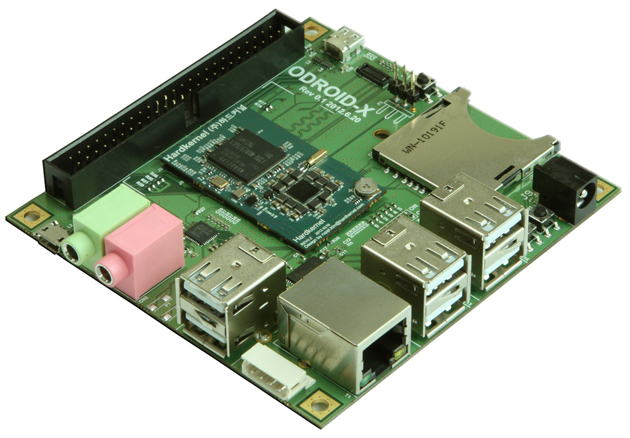There’s a lot of research to help the spinal cord or stroke-injured become more self-sufficient, but it often takes some exotic paraphernalia. To buck that trend, scientists from Imperial College London showed that subjects could perform relatively hard tasks like writing messages and playing Pong using eye movement — with a mere $35-worth of parts. They even showed how well the system worked, with subjects scoring within 20 percent of an able-bodied person after a scant 10 minutes of practice. The tracker works with two video console cameras and a pair of eyeglasses that, after calibration, can precisely track the pupils — allowing them to control a cursor or move a paddle. The researchers also figured out how to “click” the eye-mouse by winking, and can even use more precise adjustments to calculate gaze depth — meaning subjects will be able to perform more complex tasks in the future, like guide a motorized wheelchair. While by no means the first eye-tracking system we’ve seen, it’s by far the most economical. Check the video after the break to see how it works.
from Engadget

